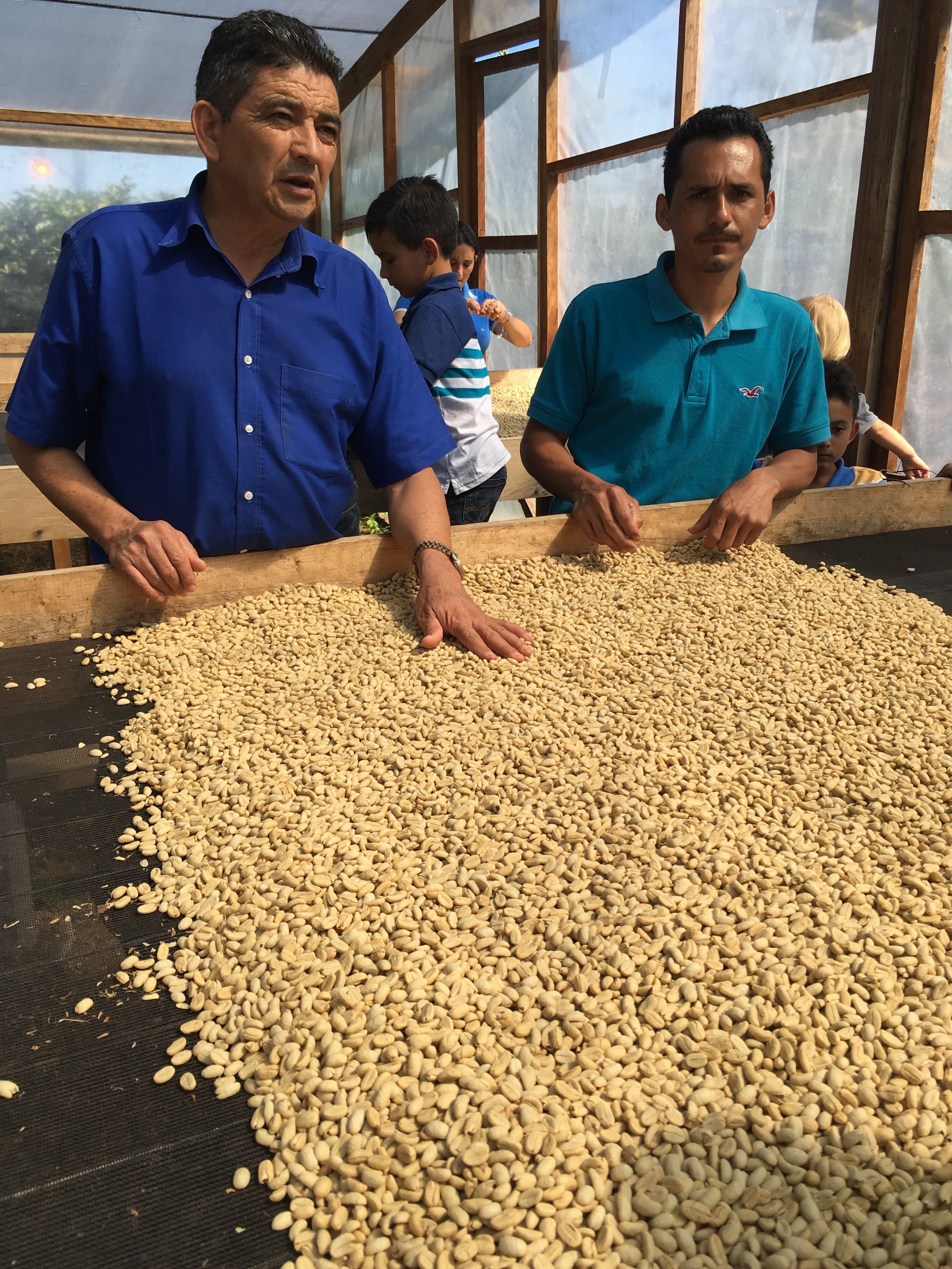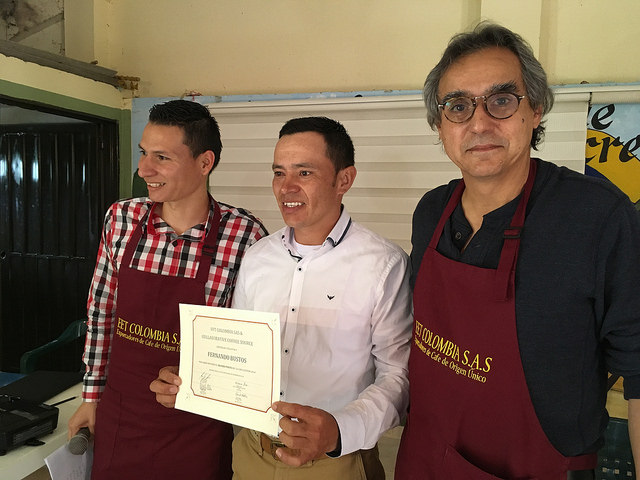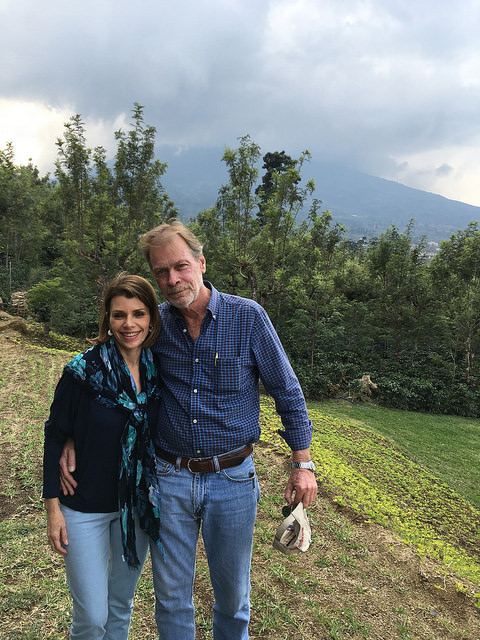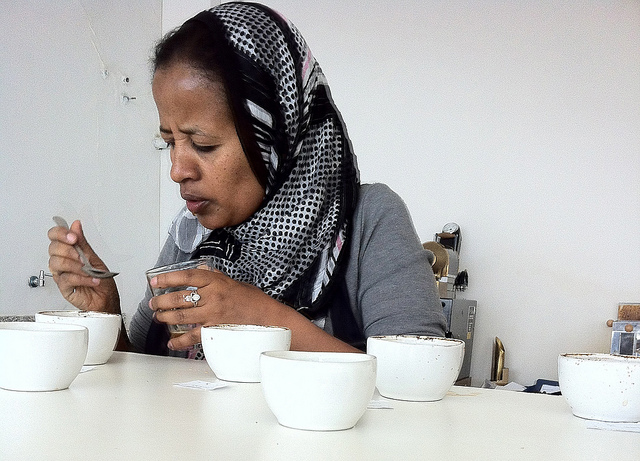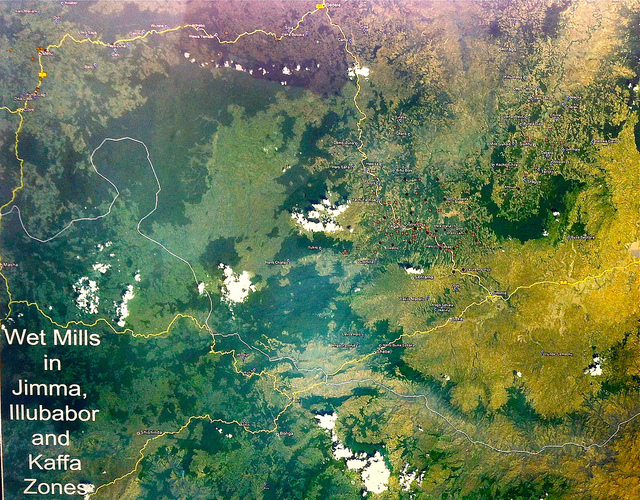It's been so great to see the continuous build of up anticipation for our Burundi coffees year-after-year. When we first started working with this origin in 2012, finding roasters willing to take a chance on this new origin was challenging. And with good reason: it was relatively unknown as a place, let alone as an origin of exciting and quality coffees. On top of this, what little has been known about Burundian coffee has been impacted by the reality of the potato defect, which over time, has been intensively fought with every kind of control measure team Long Miles could think to throw at it. They perform meticulous black light scans of every lot pre-export, and Epaphras Ndikumana, ingenious planner and leader of Long Miles' farmer extension programs, even organized antestia bug hunts.
As our first containers of the recent Burundi harvest make their way to Mombasa port en route to New Jersey and Antwerp, we wanted to provide some context as to why the timeline for this year's arrivals is seemingly "later" than last year. The first thing to note is that the shipments are not actually departing late: everyone involved in the making of this year's lots have been working as diligently as possible; there have simply been forces at play that have been working against earlier shipment dates.
A Longer Harvest Period
Harvest typically begins in March and ends in late-May to the early-June. This year harvest started in April and went all the way to mid-July. This wasn't true across the board -- there were other washing stations and areas that had more of a "regular" harvest period. The difference? Politics.
While Burundi's coffee sector has officially allowed for private enterprise since the late-80s to early-90s, in practice it has been bureaucratically difficult to conduct business as a coffee entrepreneur. Corruption is rife and policy changes are often unforeseeable.
Disruptive Coffee Policy
There were two policy changes in particular that had devastating consequences for farmers growing in communities not supported by government interests:
- The government's halting of fertilizer imports to select areas, including the communities delivering cherries to Long Miles' washing stations. The main consequence of this was that the soil became too acidic for the plants to properly develop their cherries and the sub-consequence of that was uneven cherry development, leading to a longer harvest period.
- The removal of collection points.
- Collection points are key for Burundi farmers because very few have motorized means of transport and deliver cherries by foot to washing stations.
- As a result of the banning of collection points, many farmers (most of them women, like the woman in the photo above) walked up to 15km (30km round trip) [corrected from an earlier version describing a 30km one-way trip] to a Long Miles station in order to continue working with their team. Imagine walking 15km one-way with a bag of between 40-50kg bag of cherries on your head, once every week (not to mention the long walk back).
Usually when I come to make selections in June, I'm presented with pretty well all the top lots that will be available for that given season. Given that my visit this year took place in the midst ofharvest, many of the coffees that the team had planned to be ready simply weren't, meaning many of the selections took place via Long Miles' Picasso Nduwayo (Quality Control Manager) and his team sending batches of samples as quickly as they could be taken off their drying beds, to our Oslo lab for approval. By far a much more tedious and drawn out way of purchasing coffee.
Nonetheless, both Long Miles and CCS are pleased and excited about this year's selections. The Long Miles Team have once again outdone themselves and it is starkly evident that the communities in which they work are hugely supportive and believe in this project. How else do you explain a farmer choosing to walk 15km, past other washing stations, to sell her cherries?
Demand for these coffees have been very high. 90% of the first container coming to Antwerp has been pre-sold and so with that, we've decided to bring in a second container to the EU.
The first two containers, bound for Antwerp and New Jersey, are at Mombasa port and are scheduled for departure on December 9th, meaning a mid-January arrival.
Get in touch with Nicolas (EU & Asia) and Sal (North America) for availability and samples.
Melanie
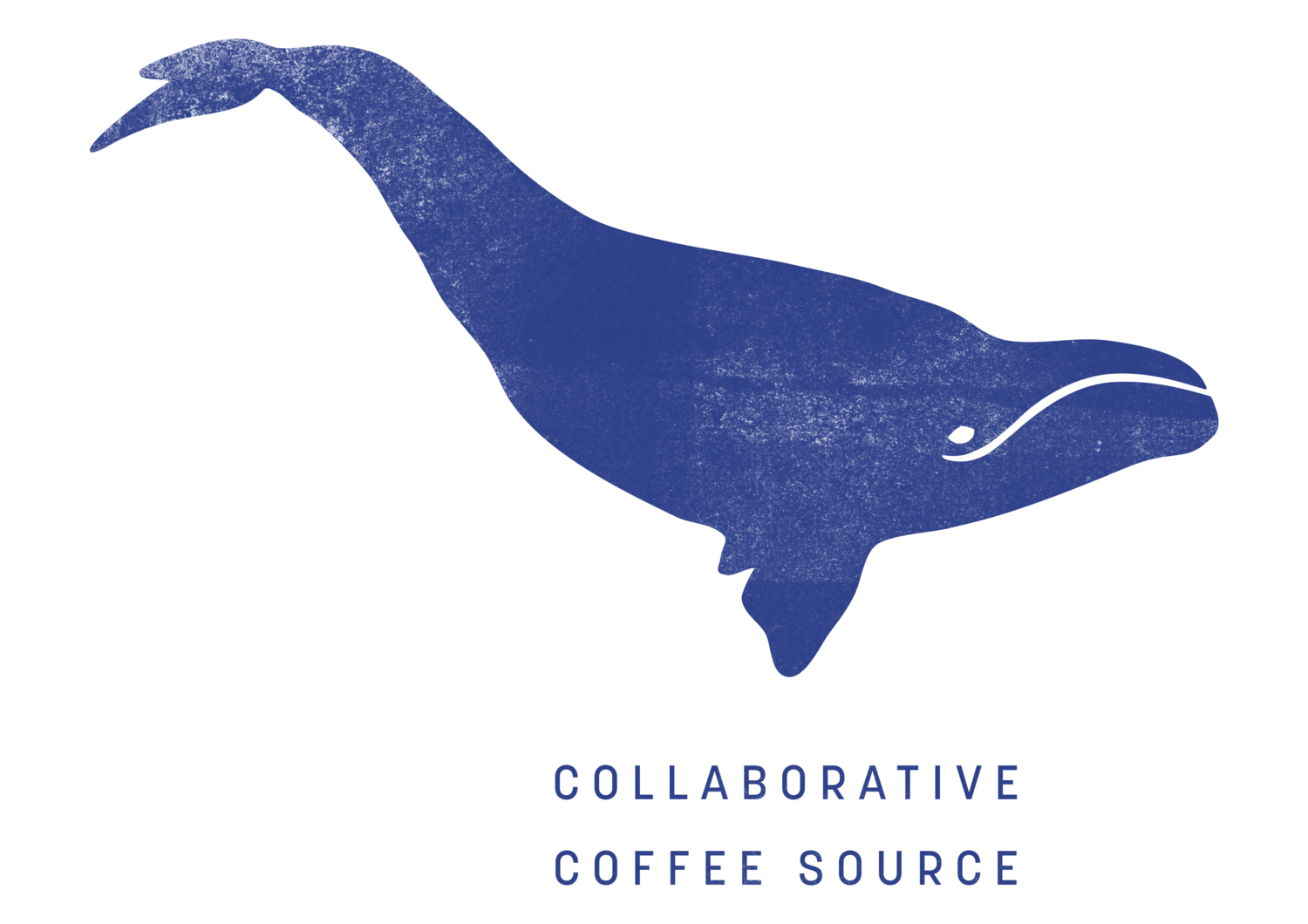
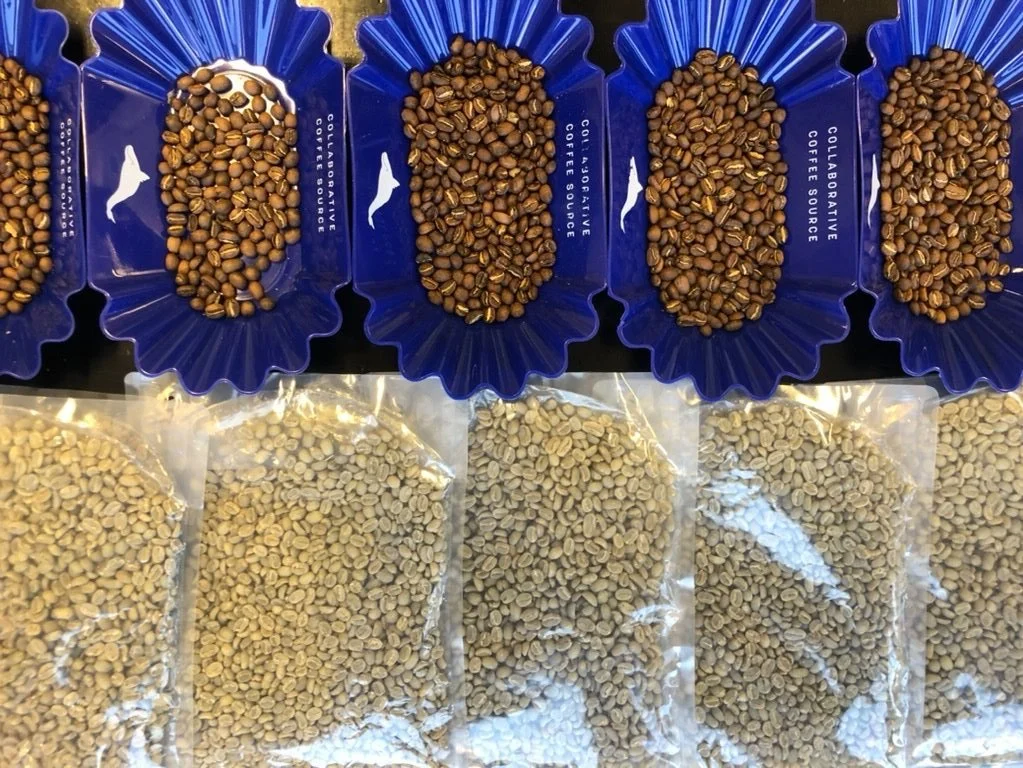


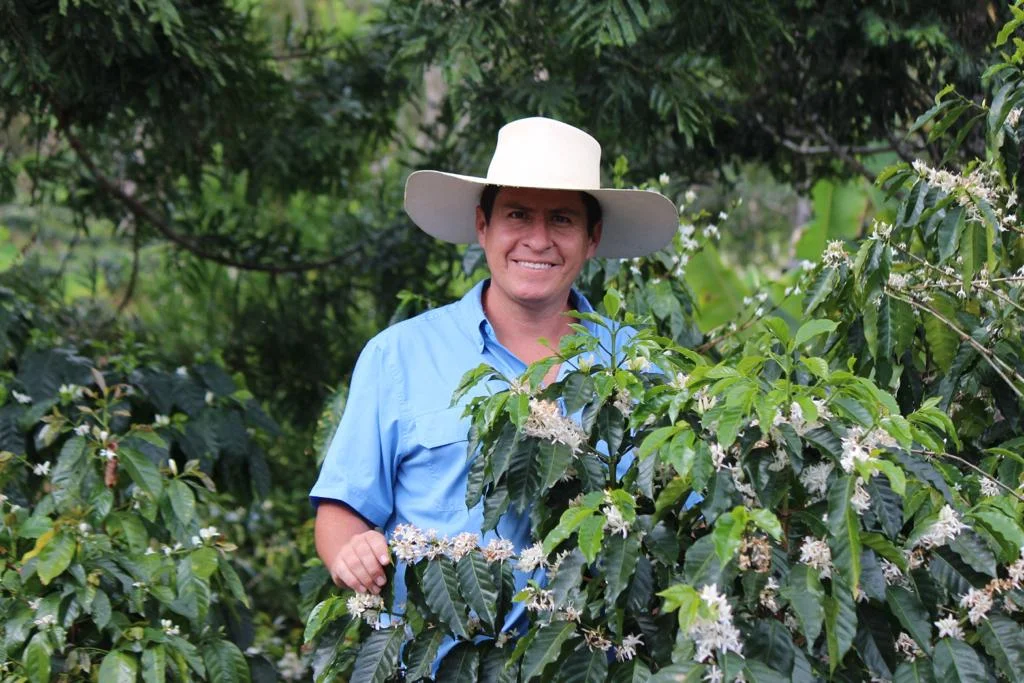




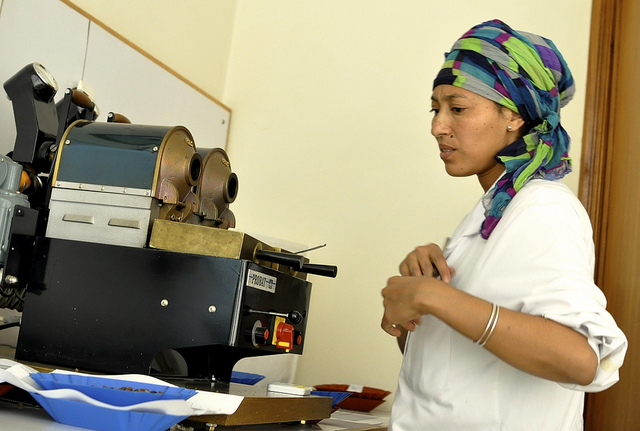

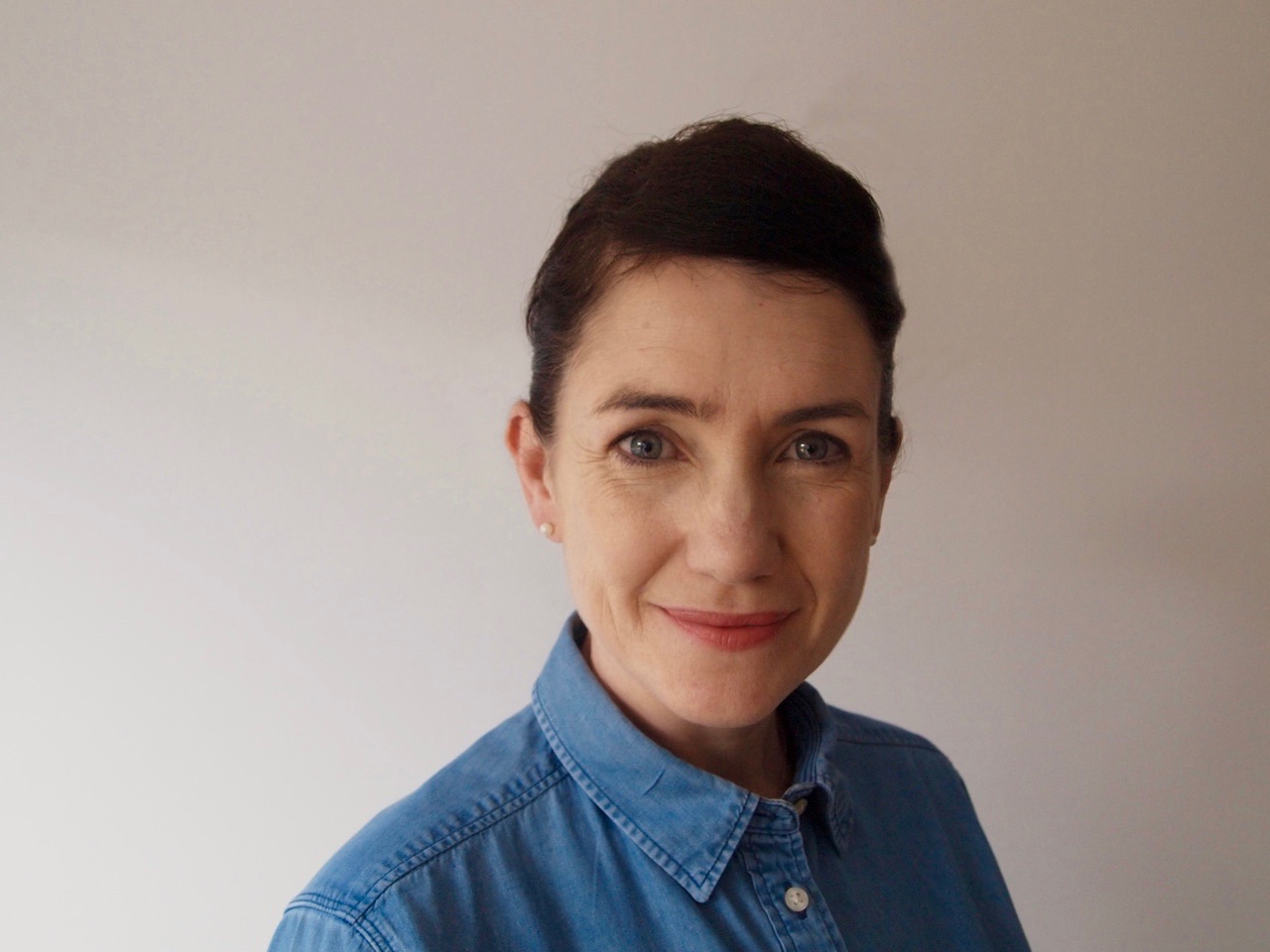 With the recent additions to the sales side of our team, we're balancing things out in our communications team by announcing the addition of Suzie Hoban, who will be joining us at our HQ in Oslo. Welcome, Suzie!
With the recent additions to the sales side of our team, we're balancing things out in our communications team by announcing the addition of Suzie Hoban, who will be joining us at our HQ in Oslo. Welcome, Suzie!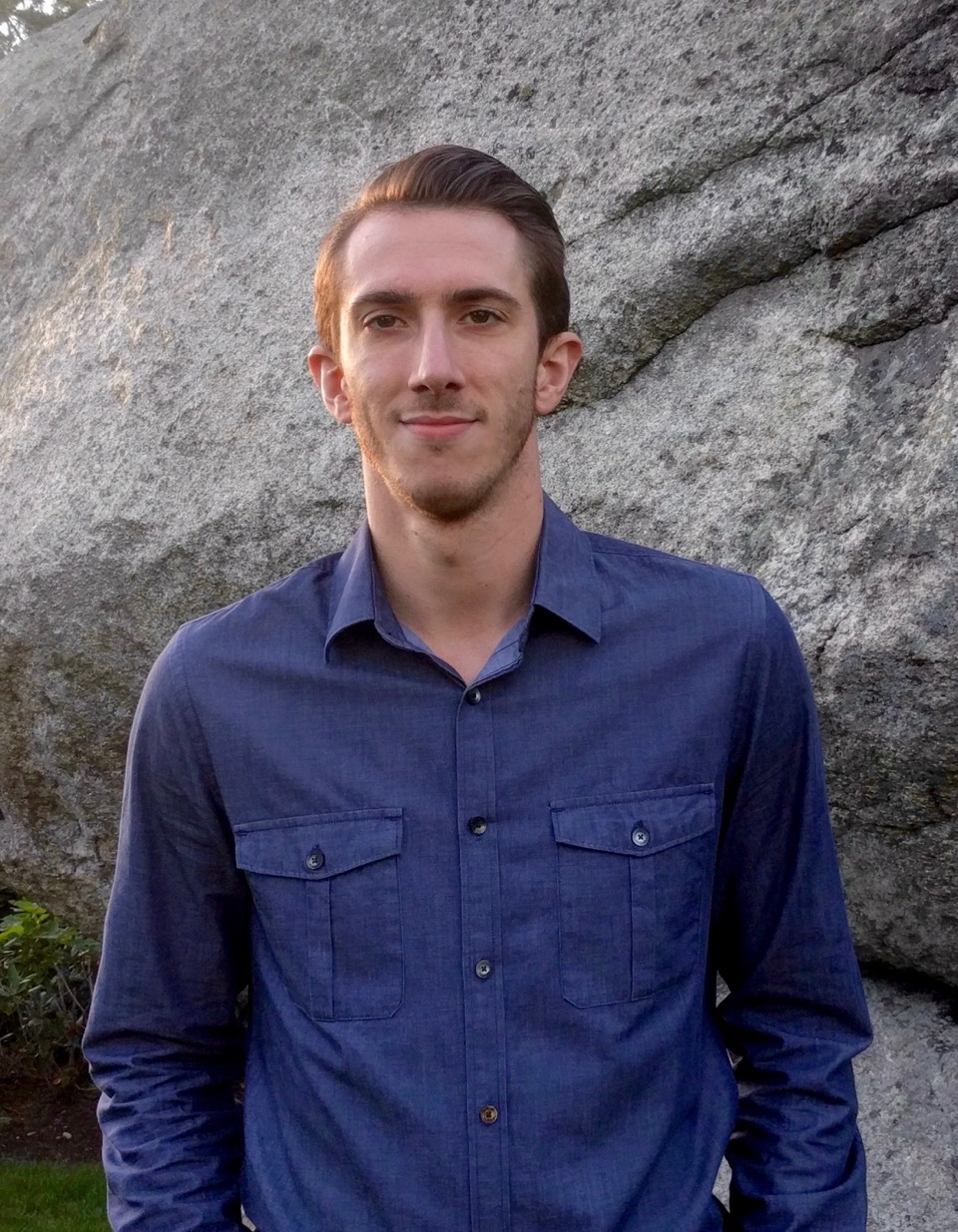

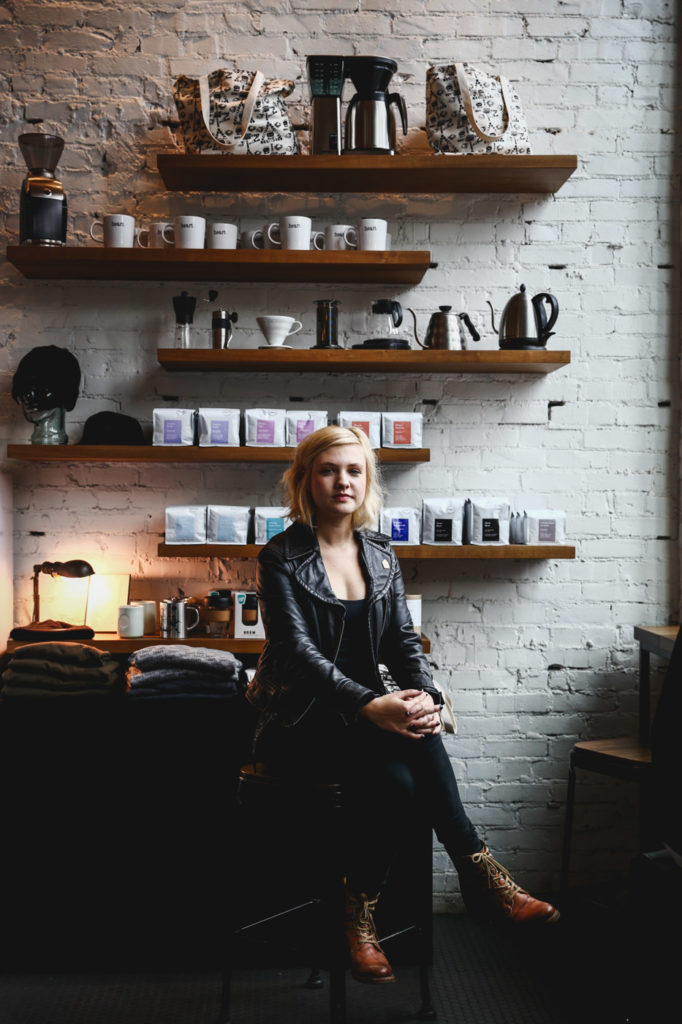 We'd like to introduce you to the newest member to CCS, Colleen King. Welcome, Colleen!
We'd like to introduce you to the newest member to CCS, Colleen King. Welcome, Colleen!

